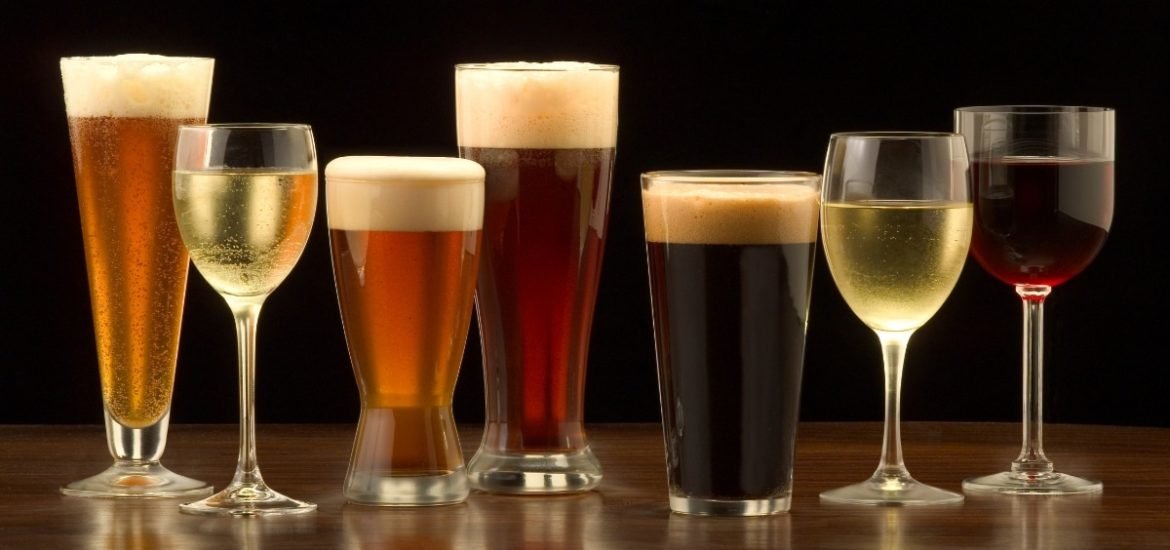
A new study has refuted the old folk wisdom “Beer before wine and you’ll feel fine; wine before beer and you’ll feel queer.” Results of the randomised controlled trial published on 8 February in The American Journal of Nutrition suggest that moderate-to-severe alcohol intoxication is an accurate predictor of a hangover regardless of the order of your drinks (1).
Excessive alcohol consumption has become a major health risk around the world. According to the authors, alcohol ― or more precisely, alcohol-induced hangover, known as veisalgia ― presents a significant global hazard and socio-economic burden. In particular, hangover-associated symptoms can impair driving skills and potentially lead to accidents while driving a car or operating heavy machinery. Moreover, additional social costs associated with reduced productivity, impaired professional performance, workplace absenteeism, and academic underperformance can be attributed to hangovers.
Although the exact cause alcohol-induced hangover remains unknown, several factors such as dehydration, inflammation, and disturbances to hormonal and metabolic functions are thought to play a role in hangover symptoms. Individual factors like tolerance and how regularly someone consumes alcohol are also known to be important. Furthermore, ingredients other than alcohol in drinks can potentially worsen the symptoms the day after. As the authors write, this may explain why the hangover is much worse after a night of sipping bourbon compared to swilling vodka. But what about
To test the age-old myth “Grape or grain but never the twain,” researchers from Witten/Herdecke University in Germany and the University of Cambridge in the UK investigated whether the combination and order of beer and wine consumption could influence hangover intensity. Based on the so-called matched-triplet study design, ninety study participants between 19 and 40 years old were randomly assigned to groups according to age, gender, body composition, alcohol drinking habits, and hangover frequency.
The first group consumed beer first, up to a breath alcohol concentration of 0.05 per cent, and then wine up to 0.11 per cent, while group two consumed the same drinks in the opposite order. Control groups were given only beer or only wine. Hangover severity was assessed the following day using the Acute Hangover Scale rating, a reliable method for assessing acute hangover symptoms in experimental investigations (2). The overall hangover rating was based on an 8-item compound score taking into account thirst, fatigue, headache, dizziness, nausea, stomach ache, tachycardia, and loss of appetite.
The researchers were unable to find any truth to the age-old adage. So, unfortunately, it seems there may be no way to avoid the inevitable hangover. However, they did conclude that “perceived drunkenness” and “vomiting” are “useful predictors of misery in the morning after the night before.” In addition, despite gender differences in alcohol metabolism, they were unable to find any difference in the severity of hangovers between females and males. Finally, the authors point out that the dreaded hangover is an important warning sign that has aided humans over the ages by telling them to change future behaviour.
(1) Köchling J. et al. Grape or grain but never the twain? A randomized controlled multiarm matched-triplet crossover trial of beer and wine. The American Journal of Clinical Nutrition (2019) DOI: 10.1093/ajcn/nqy309
(2) Rohsenow DJ et al. The Acute Hangover Scale: A New Measure of Immediate Hangover Symptoms. Addictive Behaviors (2006). DOI: 10.1016/j.addbeh.2006.10.001